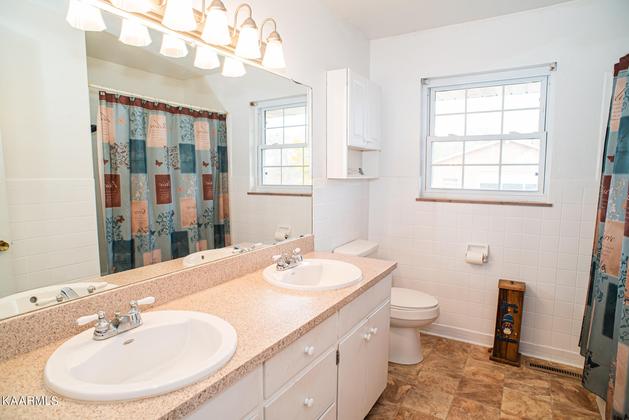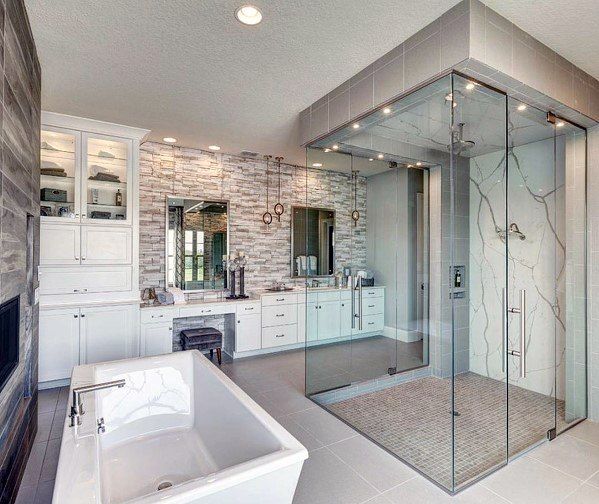
Kitchens of the 1920s had a simple, clean style that featured little ornamentation. The walls were painted with light colors. They were also easy to clean. Linoleum flooring was easy to maintain. The flooring was often patterned using squares or checkers. Many of the surfaces were covered with porcelain enamel. This kitchen looks great, no matter what style you prefer. Here's how to create a look that's right for you!
A classic kitchen design starts with the cabinetry. Cabinet doors with exposed hinges and inset cabinets are typical for the time. To house appliances such a fridge and dishwasher, custom cabinets were built. The cabinetry is not only beautiful, but also features such as moldings and glass knobs give the room a vintage feel. A new countertop will give the room an even bigger feel. After choosing a countertop, it's time to choose the colors for the rest. The right color for the kitchen will set the tone for the rest of the house.

Kitchens of the 1920s were beautiful and practical. It was very popular to use black and white tile floors with enamel cabinets. This cabinet combination was popular because it combined the best of both the modern appliances with a sleek design. Electric dishwashing and multiburner stoves made the kitchen an efficient space to cook and eat. The kitchen, with all of the appliances available in 1920s, would be stylish and comfortable.
Since its conception, the style of a kitchen has changed. Kitchens used to be functional rooms that were used by chefs and cooks. Today, a kitchen serves as a space for housewives and servantless Americans to cook. The kitchen design trends have evolved in recent years. Bright colors and other materials make the space more welcoming. The color scheme also reflected a person's mood.
The style of the kitchen has changed significantly over the years. Its modern look is often minimalist and functional, but it can be beautiful as well. The 1920s saw more feminine kitchen designs. Modern design tends to be larger with more storage and open spaces. A more compact kitchen was more ergonomic than a traditional one, with the floor being a parquet floor and white tile counters.

Many of the characteristics found in modern kitchens are similar to those of 1920s kitchens. The kitchen features a large island as well as a long and narrow countertop. The cabinets are constructed with heavy wood, wrought iron and stainless steel. The sinks in a vintage bathroom are small, while contemporary bathrooms have a larger, more narrower one. Many of the colors from the 1920s can be found in furniture and accessories.
FAQ
What should I do first in a house renovation?
Clean out your home and get rid of all clutter. You will need to clean out all moldy areas and repair any leaky pipes. Finally, you'll need to repaint the interior. Finally, you will need to wash the exterior surfaces clean and paint.
Is it better to hire either a general or subcontractor?
The cost of hiring a general contractor can be higher than that of a subcontractor. A general contractor has many employees, so they often charge their clients a lot of money for labor costs. A subcontractor, on the other hand, only hires one worker, and charges less per hour.
How should house renovations be ordered?
First, decide where you want everything to go in your renovations. If you plan to sell your home soon, then you should think about how you would like to present your home to potential buyers. The next step is to plan the layout of your living, kitchen, and bathroom. After you've decided on the rooms that you wish to renovate, it is time to start searching for contractors who are experts in these areas. After you have hired a contractor to work on your project, it is time to get started.
How Much Does it Cost to Renovate a House?
The type of material, the project size and the complexity of renovations will all impact the cost. Wood, for example, requires additional tools such as saws and drills. Steel, however is not so dependent. The price of renovations will depend on whether you need your contractor to do everything or if the work is done by you.
The average home improvement project cost is between $1,000 and $10,000. If you are looking to hire professionals, expect to pay between $5,000 and $25,000. On the other hand, if you decide to do the entire task yourself then the total cost could reach up to $100,000.
There are many factors that influence the final cost of renovations. The type of material used (e.g. Brick vs. concrete, the project's size, the number and duration of workers, etc. When estimating the total cost for renovation, it is important to keep these factors in your mind.
You can live in a house while it is being renovated.
Yes, you can live in your house while you renovate it.
Is it possible to live in a house with renovations going on? The answer depends on how long the construction work takes. If the renovation process takes less than 2 months, then your home can be lived in while it's being renovated. You cannot live in your house while the renovation process is ongoing if it lasts more than two years.
You should not live in your house while there is a major building project underway. This is because you could be injured or even killed by falling objects on the construction site. The heavy machinery and noise pollution at the job site can also cause dust and noise pollution.
This is especially true if your house has multiple stories. If this happens, the sound and vibration caused by the construction workers can cause significant damage to your home and contents.
You'll also need to cope with the inconvenience of living in temporary housing while your house is being renovated. This means you won't be able to use all the amenities in your own home.
You won't be allowed to use your dryer or washing machine while they are being repaired. The workers will make loud banging noises, paint fumes, and chemicals obstruct your ability to use your dryer and washing machine.
All these things can lead to anxiety and stress in your family. You should plan ahead to avoid feeling overwhelmed by this situation.
When you decide to start renovating your home, it is best to do some research first so that you can avoid making costly mistakes along the way.
You can also consider professional advice from a trusted contractor to ensure smooth running of your project.
How many times should my furnace filter need to be changed?
How often your family expects to use the heating system in their home will determine the answer. Consider changing your filter frequently if your family plans to leave the house during cold weather months. If you are not likely to leave your house for long periods of time during cold weather months, you might be able make more frequent changes.
A furnace filter should last for approximately three months. You should replace your furnace filters every three months.
You can also check the manufacturer's recommendations for when to change your filter. Some manufacturers recommend replacing your filter after each heating season, while others suggest waiting until there is visible dirt buildup.
Statistics
- On jumbo loans of more than $636,150, you'll be able to borrow up to 80% of the home's completed value. (kiplinger.com)
- ‘The potential added value of a loft conversion, which could create an extra bedroom and ensuite, could be as much as 20 per cent and 15 per cent for a garage conversion.' (realhomes.com)
- The average fixed rate for a home-equity loan was recently 5.27%, and the average variable rate for a HELOC was 5.49%, according to Bankrate.com. (kiplinger.com)
- It is advisable, however, to have a contingency of 10–20 per cent to allow for the unexpected expenses that can arise when renovating older homes. (realhomes.com)
- According to the National Association of the Remodeling Industry's 2019 remodeling impact report , realtors estimate that homeowners can recover 59% of the cost of a complete kitchen renovation if they sell their home. (bhg.com)
External Links
How To
How do I plan a whole house remodel?
Planning a whole house remodel requires careful planning and research. Before you start your project, there are many factors to consider. The first thing to do is decide what kind of home renovation you want. There are many options available, including kitchen, bathroom and bedroom. Once you have decided which category you wish to work in, you will need to determine how much money you have to spend on your project. It's best to budget at least $5,000 per room if you don't have any experience working on homes. If you have more experience, you might be able spend less.
Once you have established how much you are able to afford, you will have to decide on how big a job to do. A small kitchen remodel will not allow you to install new flooring, paint the walls, or replace countertops. On the other side, if your budget allows for a full renovation of your kitchen, you'll be able do just about any task.
Next, find a contractor who is skilled in the type and scope of work you wish to undertake. This will guarantee quality results, and it will save you time later. Once you have hired a contractor, gather materials and other supplies. Depending on the project's size, you may have to buy all of the materials from scratch. However, you won't have to worry about finding the exact item you are looking for in the many pre-made shops.
Now it's time for you to start planning. Begin by sketching out a rough plan of where furniture and appliances will be placed. Next, design the layout of your rooms. Remember to leave enough space for outlets and plumbing. It is a good idea to place the most important areas nearest the front door. This will make it easier for visitors to access them. The final step in your design is to choose colors and finishes. You can save money by using neutral colors and simple designs.
Now that your plan is complete, it's time you start building! It's important that you check the codes in your area before you start construction. While permits are required in some cities, homeowners can build without one in others. Before you can begin construction, remove any walls and floors. Next, you'll lay down plywood sheets to protect your new flooring surfaces. You will then attach or nail pieces of wood together to make the cabinet frame. You will attach doors or windows to the frame.
There will be some finishing touches after you are done. You'll likely want to cover any exposed wires and pipes. You will need to use tape and plastic sheeting for this purpose. Mirrors and pictures can also be hung. You should always keep your work area clean.
You'll have a functional home that looks amazing and is cost-effective if you follow these steps. You now have the knowledge to plan a complete house remodel.